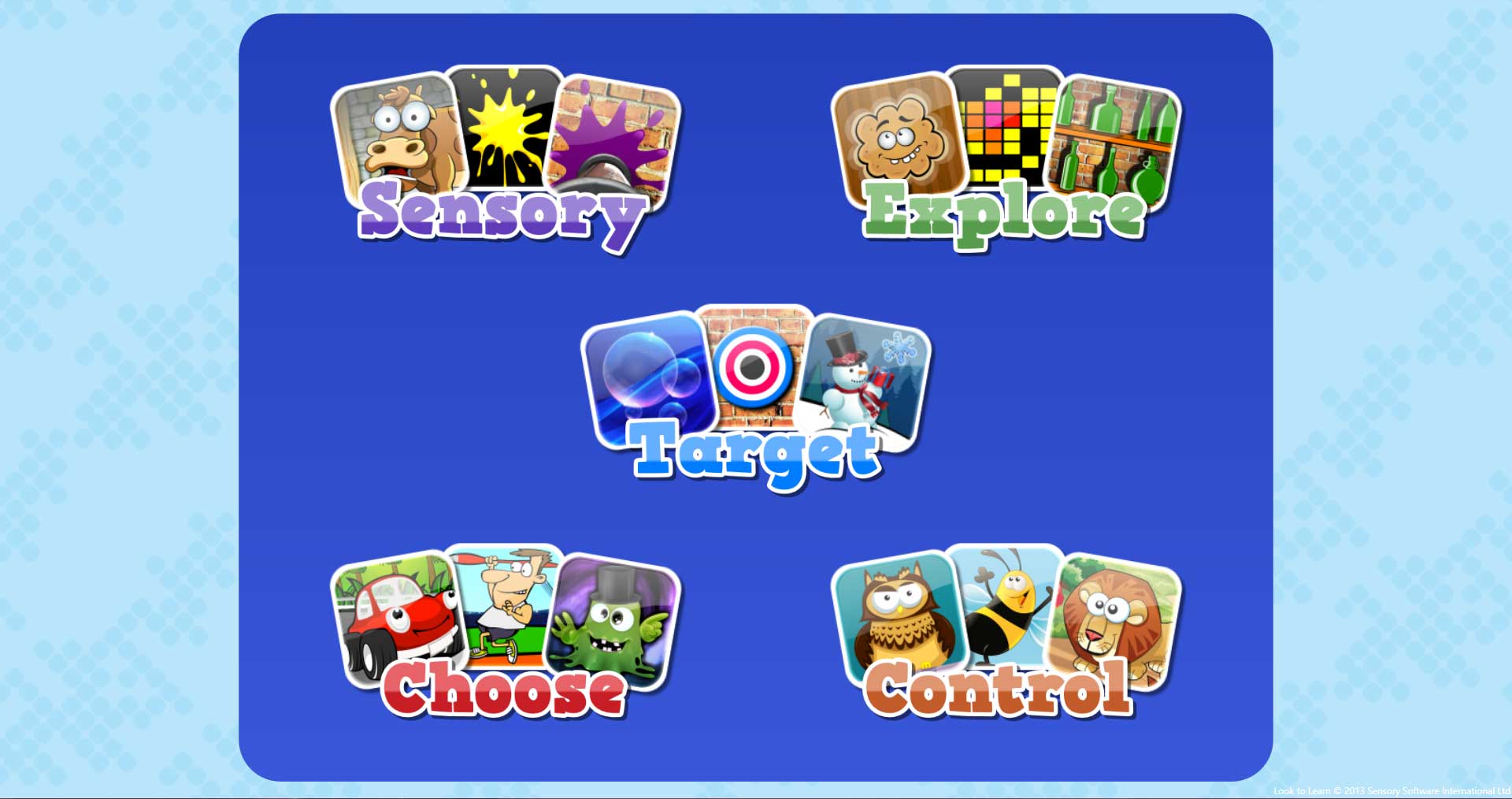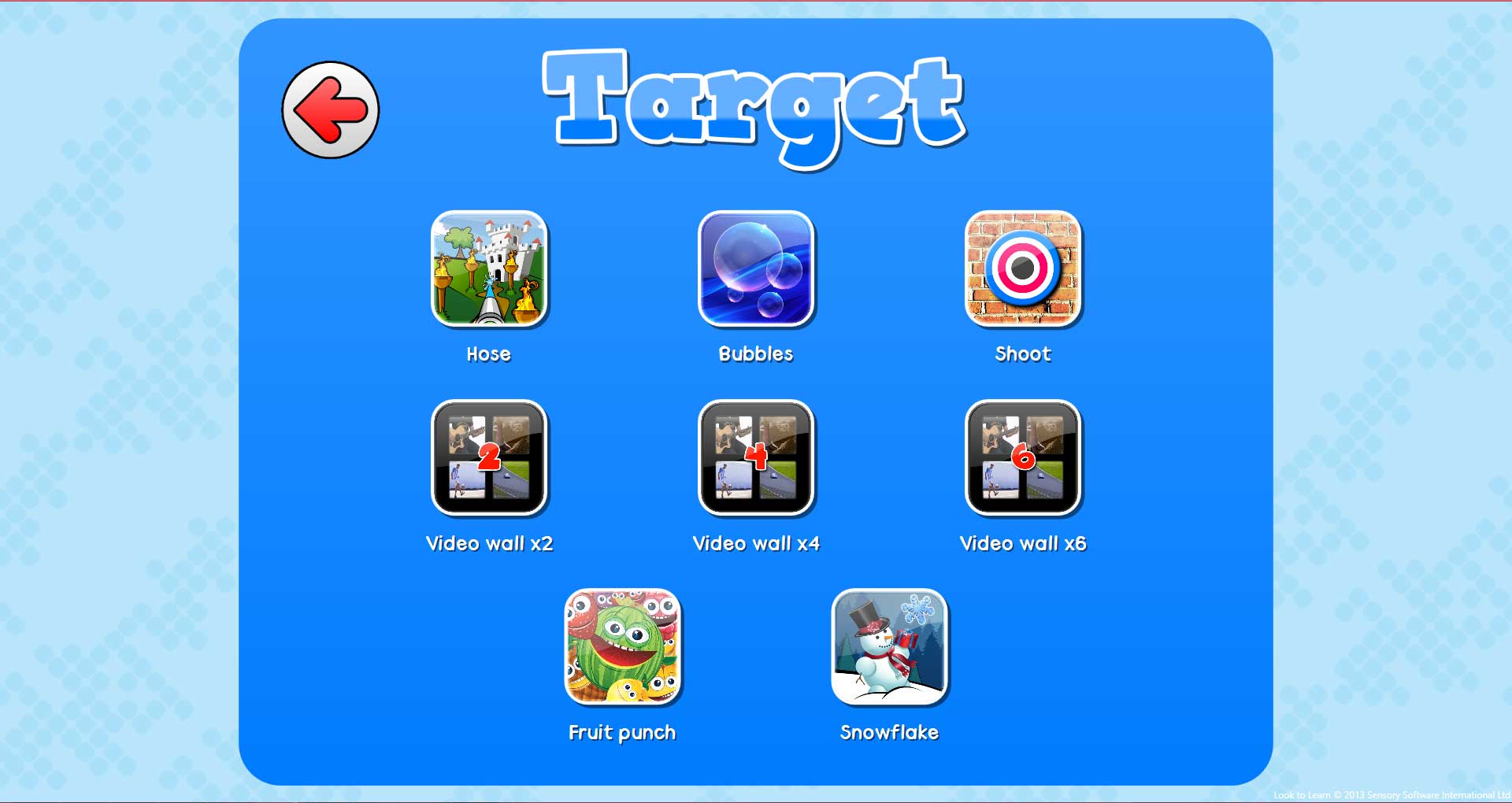









Software package with 40 eye gaze games and activities designed for learning eye gaze technology. Options: expansion pack focused on interactive scenes, music and sound as well as eye gaze skills.
Liberator Ltd
Inclusive Technology Ltd
Smartbox Assistive Technology Ltd
Manufacturer's Product Description
Look to Learn is a software package with 40 eye gaze activities designed for people starting out with eye gaze technology. The activities have been specially created to provide a fun way to improve access and choice making skills. Each activity develops a different skill, ranging from early cause and effect through to accurate eye gaze control. The software has been created in consultation with teachers and therapists and provides the tools needed for assessment.
Manufacturer's Contact Details
Smartbox Assistive Technology Ltd
Ysobel House
Enigma Commercial Centre
Sandys Road
Malvern
Worcestershire
WR141JJ
UK
01684578868 info@thinksmartbox.comKey Features
- range of activities designed to develop different skills, ranging from cause and effect to choice making and game playing
- activities can be customised to include user's images or videos
- built in analysis tool creates a heat map to shows where the user has looked on the screen during an activity, this information can be saved or printed and used to measure progress and record successes
- workbook designed as an assessment tool
Product Dimensions
| Software | |
|---|---|
| Windows operating system | 7& later |
Product Specification
No product specification has been specified.
Need More Help?
If you know that there is a certain product that will help you, feel free to browse through our online catalogue or use our search tool for specific product names. National retailers are listed against each product and you can click on their link to go directly to their website to order that product or contact the retailer for more information. Don't forget to tell them you found their information on our site.